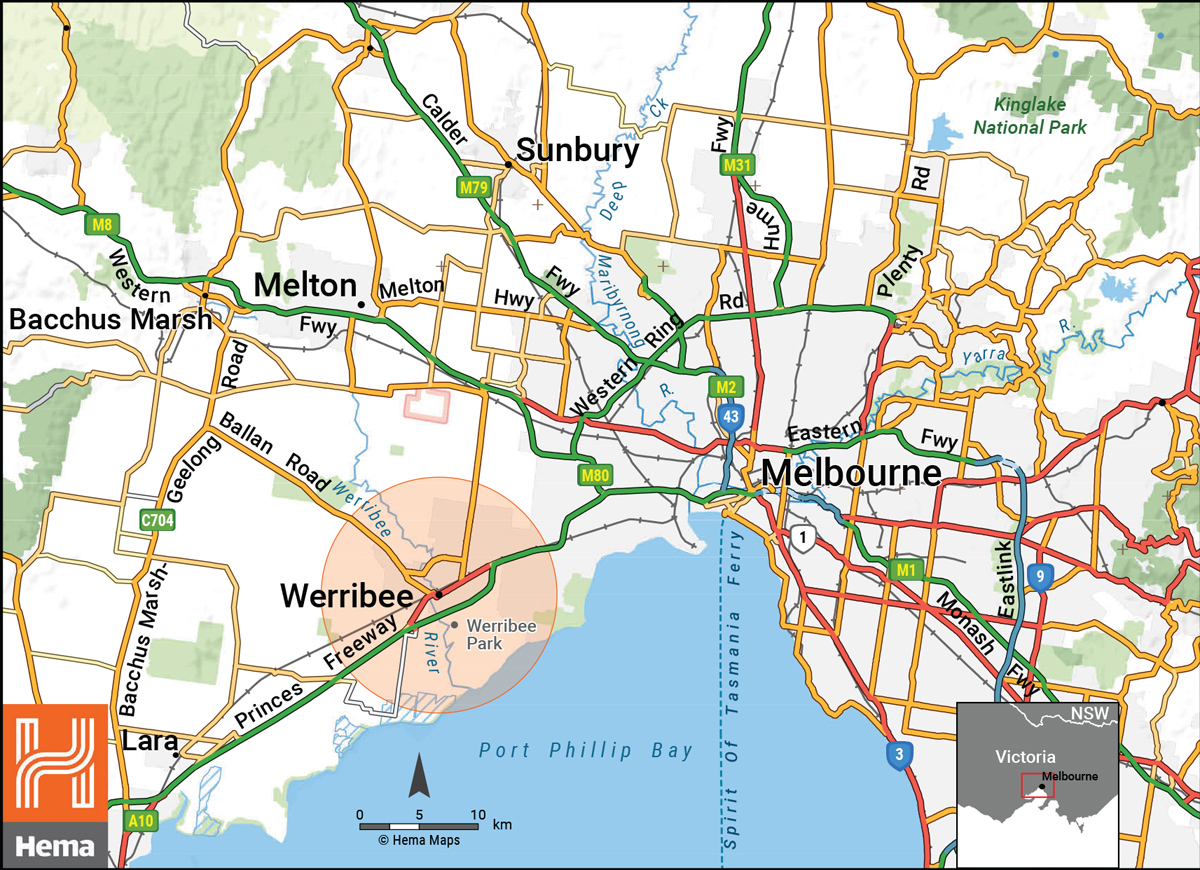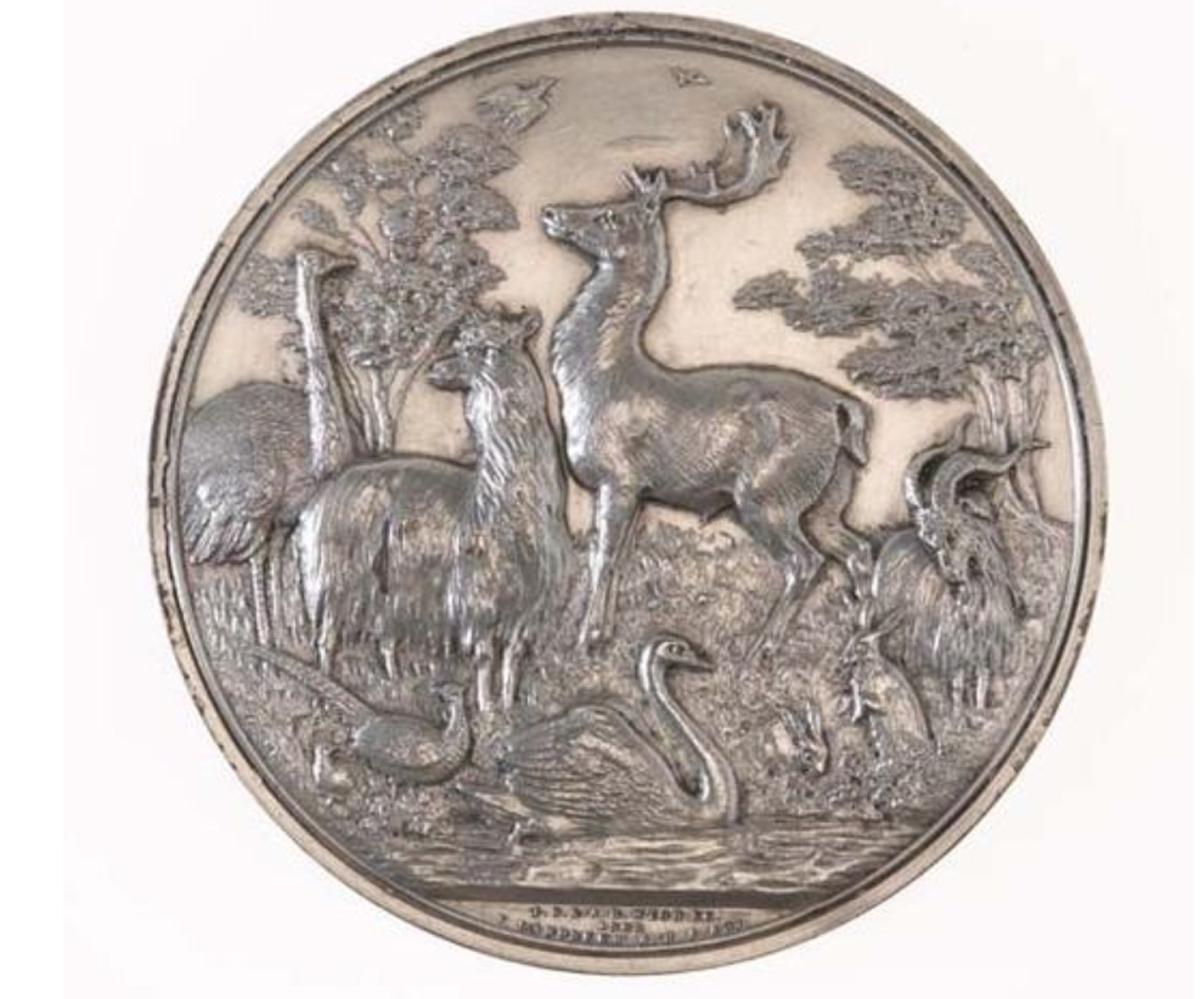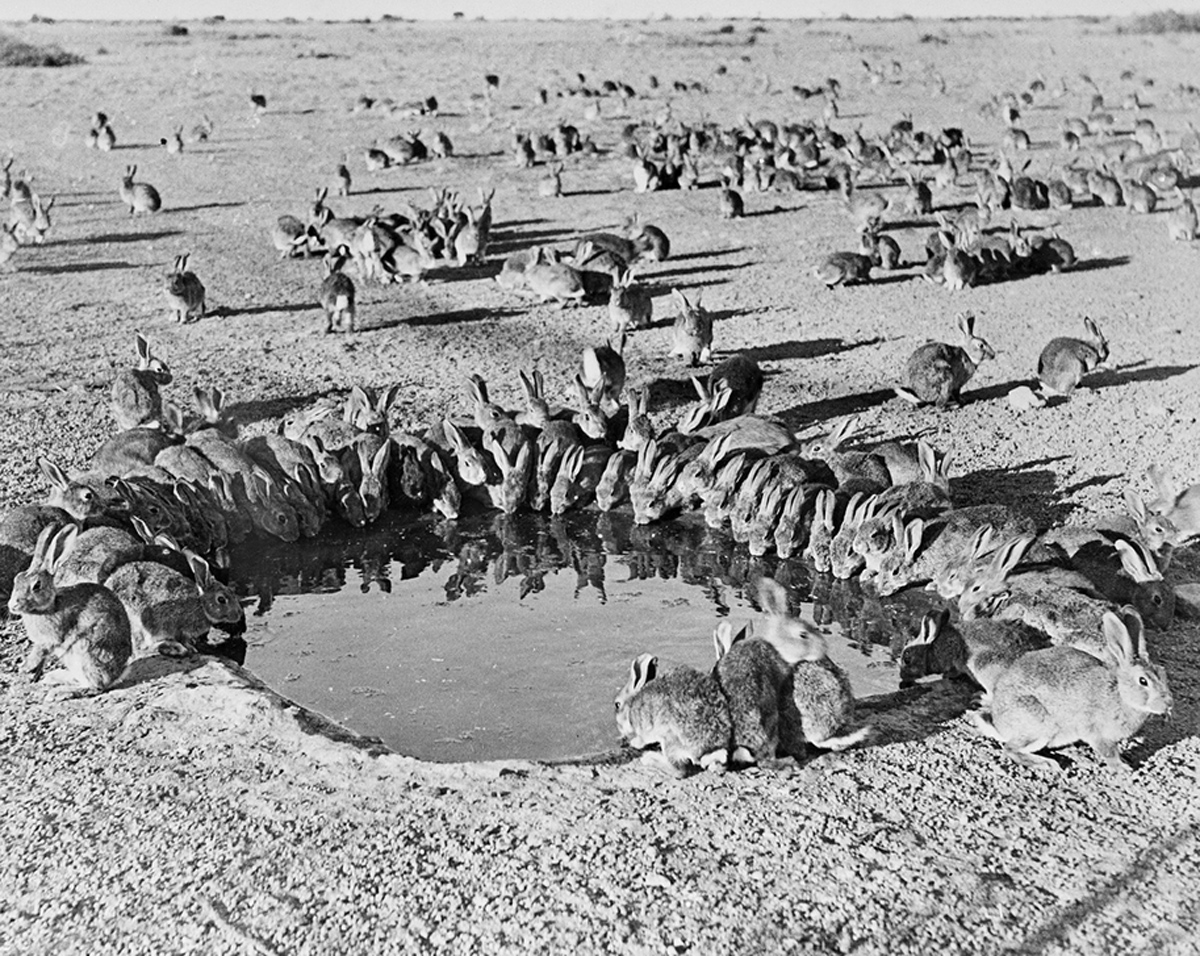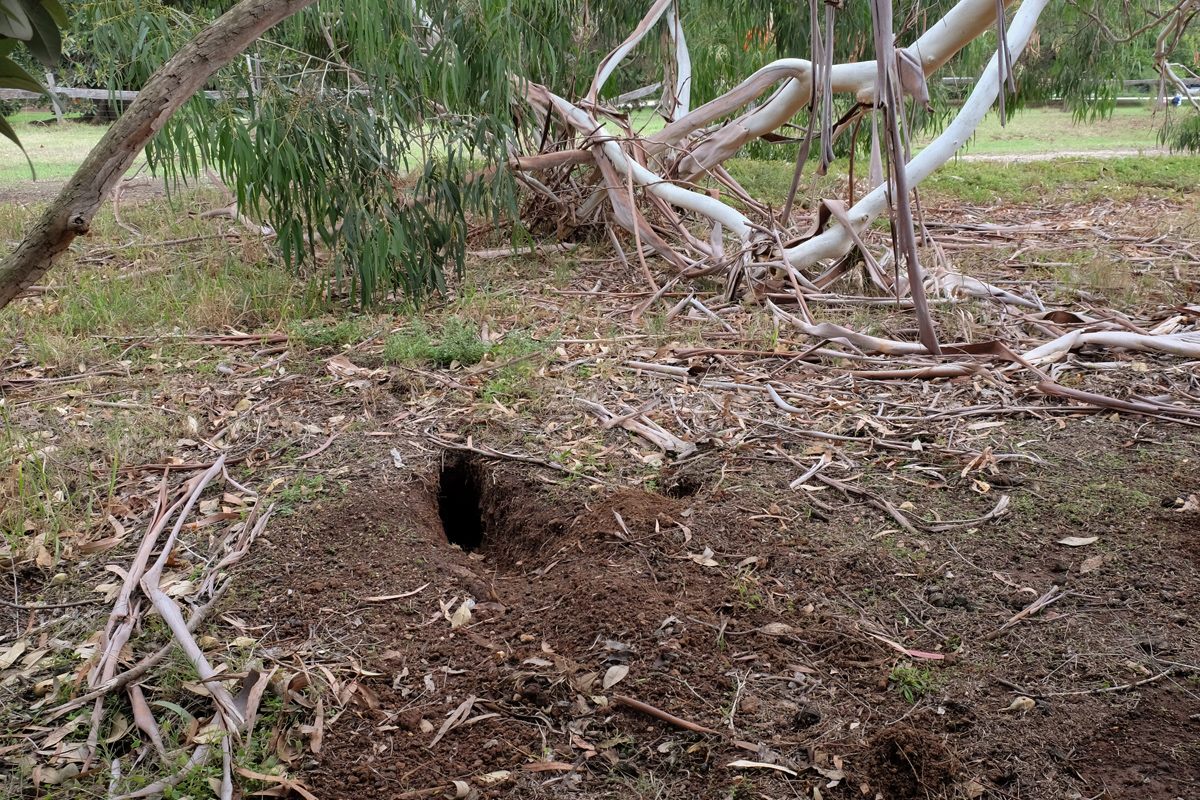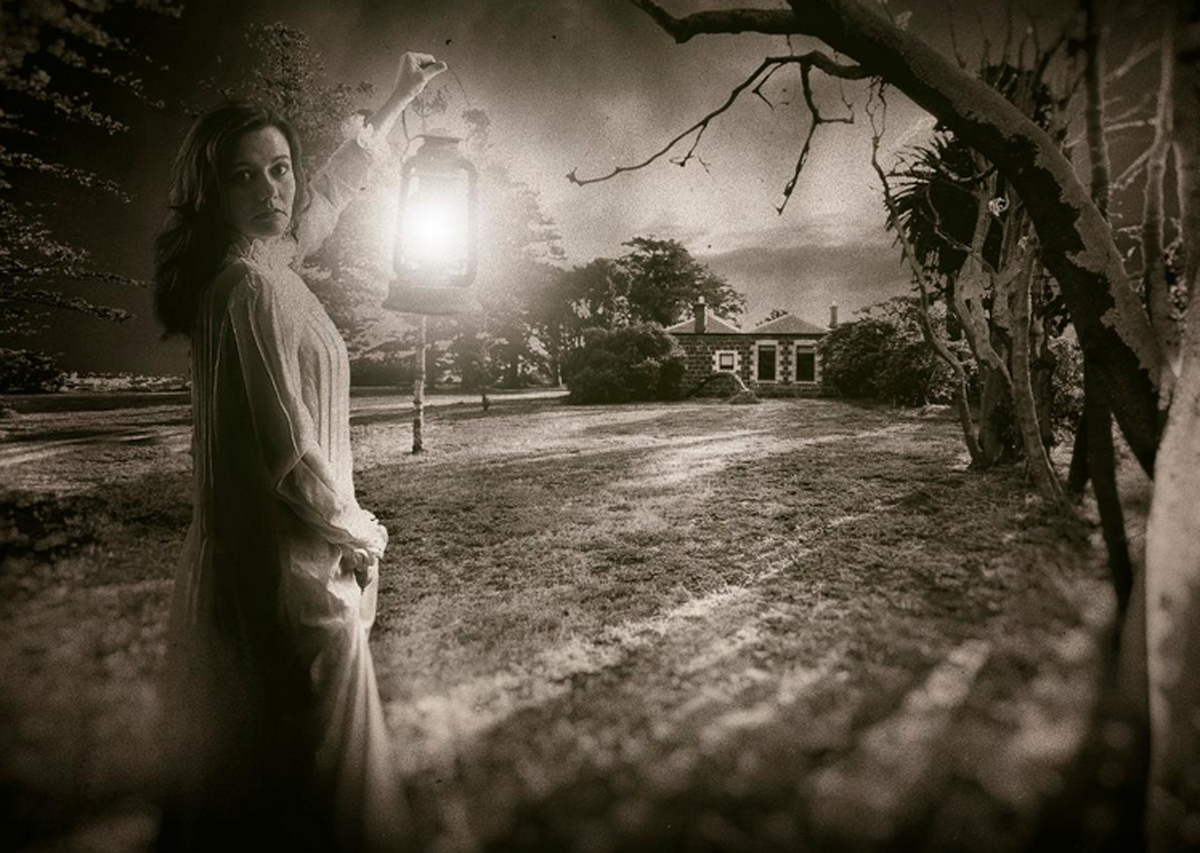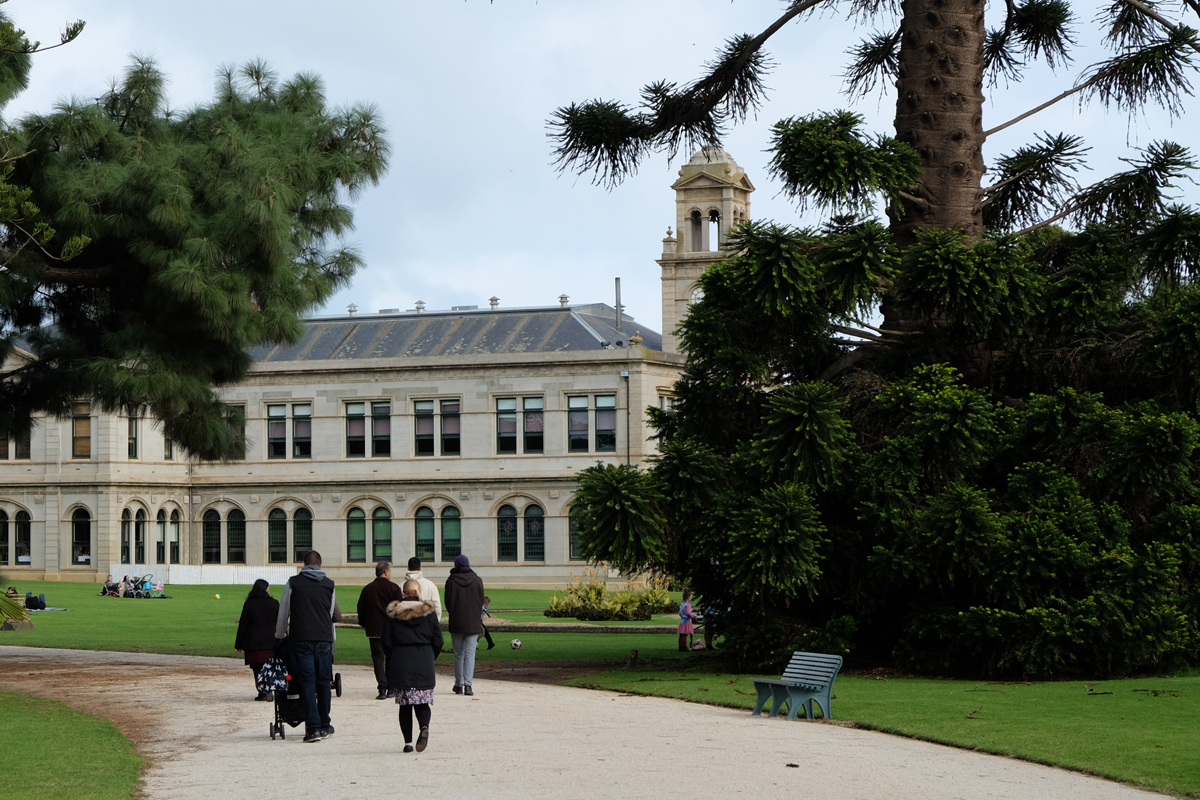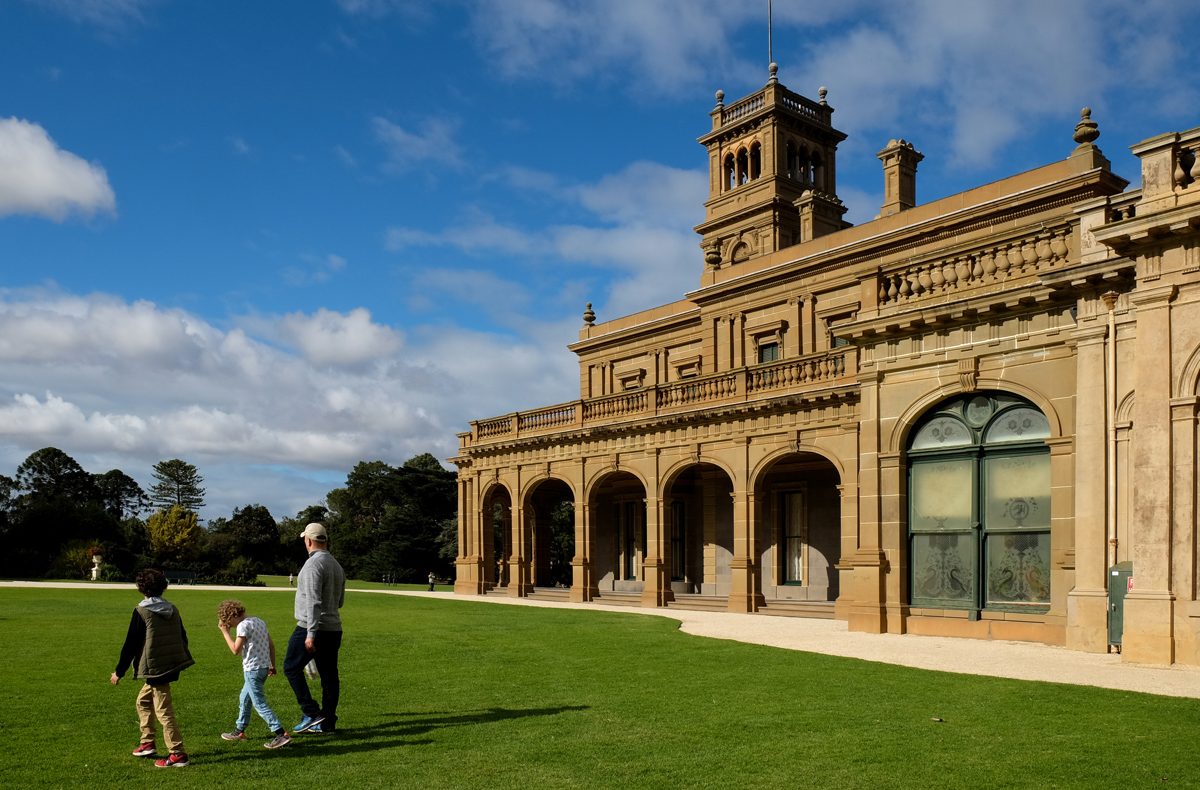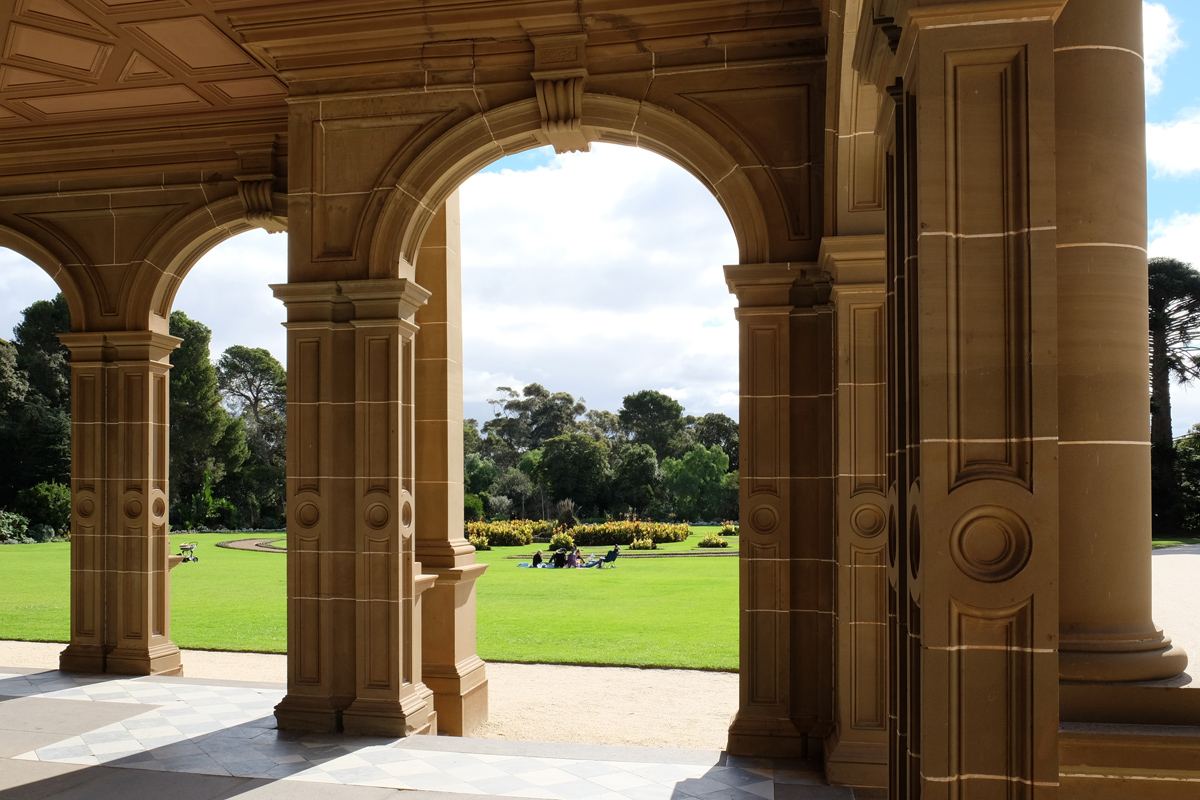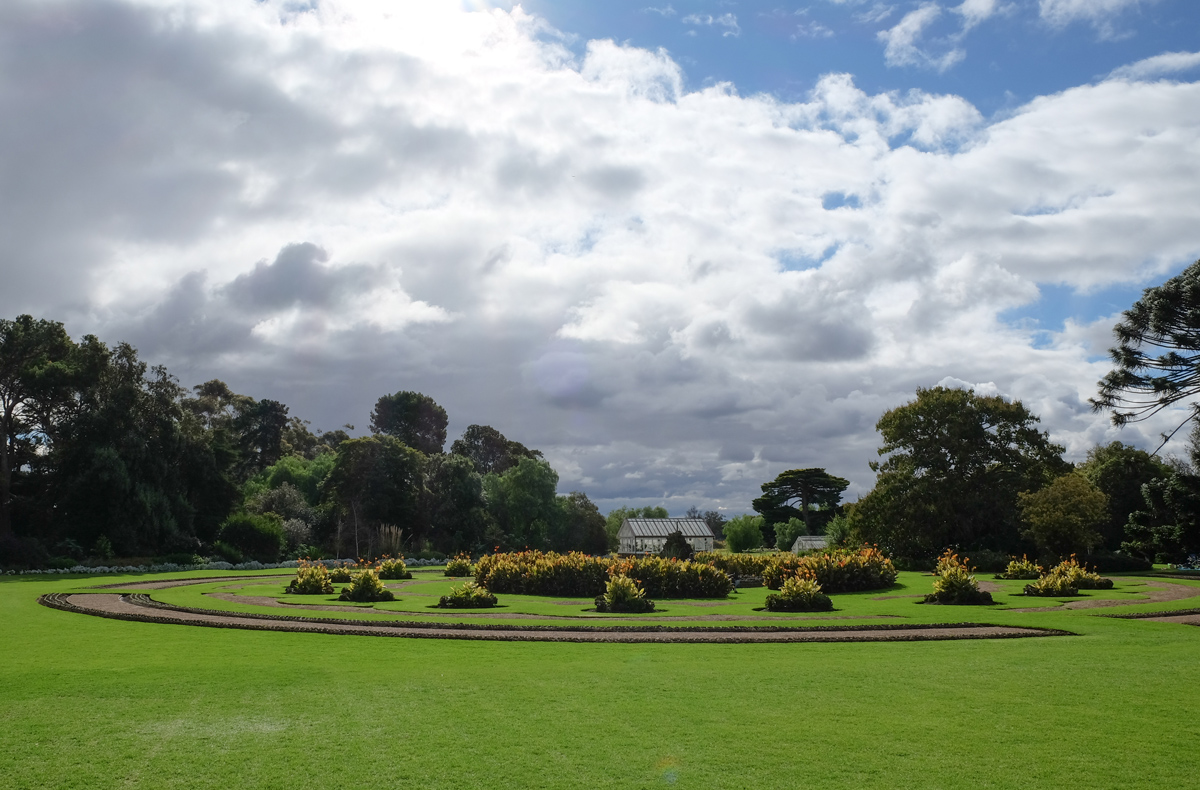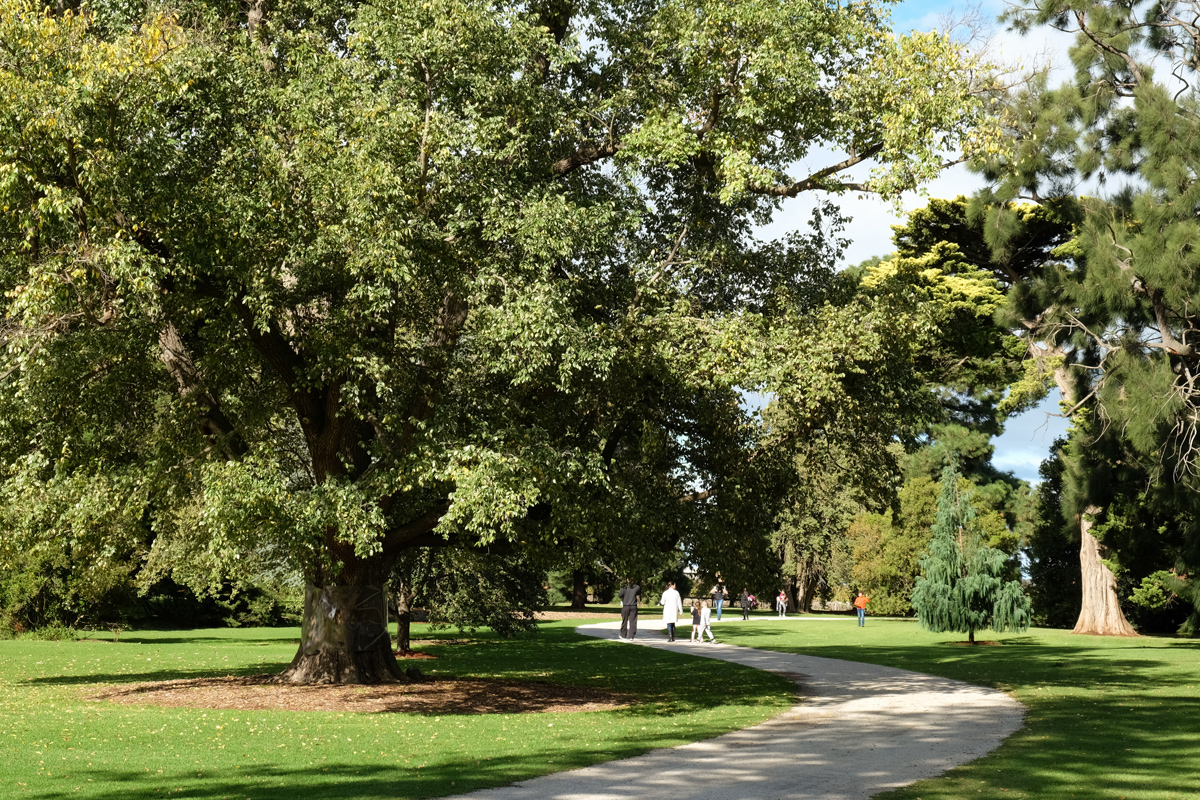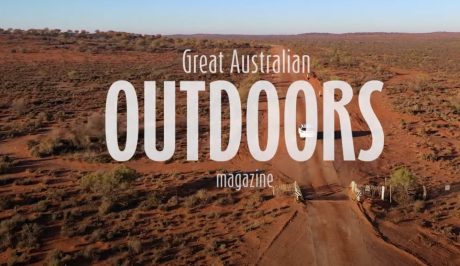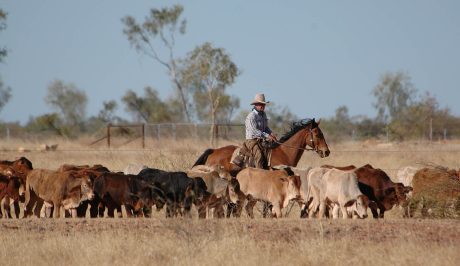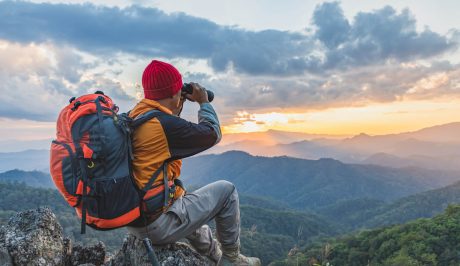Werribee Park – A window to our past
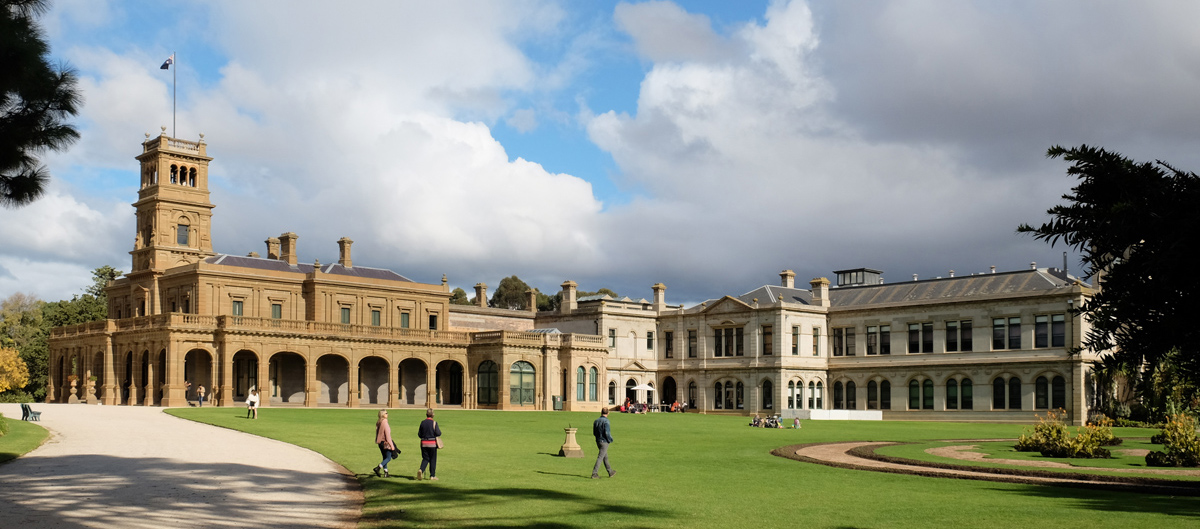

TDH Bannister
You don’t always need to drive from dawn to sunset to reach some of the unique locations of Australia. Just 30 kilometres from Melbourne stands an imposing mansion and grounds that are a legacy of Victoria’s early sheep farming boom days. A time when the British migrant squattocracy was more top hat than farm boots and leisure days were made of up of horses for polo and racing, hunting, balls and music.
Werribee mansion was built by Scottish pastoralist Thomas Chirnside in 1887 as a testimony to his colonial wealth and as a calling card to Mary Begbie, a woman he was enamored with. Mary’s parents rejected Thomas’ advances and instead allowed his younger brother, Andrew, to marry their daughter several years later. Truth can be stranger than fiction and the two brothers and Mary lived together at Werribee mansion. Mary went on to have four sons and two daughters.
They were involved in many aspects of the European development of Victoria from banking, horse racing, immigration, the Presbyterian church and as was popular at the time, the acclimatisation of the land to be more like their homelands by importing foxes, hares, pheasants, partridges and red deer.
Like the Hentys before them, the first European pastoralists of the state, they were pioneers of Victoria. Their longevity and endings were less fortunate, however, with Thomas suffering from depression and committing suicide in his early 70s, Andrew dying three years later from heart disease and Mary accidently burning herself to death when her hair caught fire on a bedside candle. Other farms totalling more than 80,000 acres and the Werribee mansion were passed on to the sons, however the lands began to be divvied up among them and they became untenable to profit from. A Catholic seminary bought the mansion in 1923 before it became available to Parks Victoria, which today maintains the property and has converted the magnificent grounds and property into a museum open to the public.
The mansion itself is in the Italianate Renaissance Revival style and has more than 60 rooms that housed the extended Chirnside family and its house and farm workers. Today, audio tours can be taken for a small fee where you walk from room to room, each fit out with a display of how the lifestyle of mid-19th century would have been for these giants of early European settlement. The billiard and big game trophy room is quite remarkable.
The grounds are now much smaller but they are manicured, extravagant and are a favourite of Melbournites for weddings and receptions. Formal gardens, Victoria State Rose Garden, a sculpture walk, riverine and a farm and community garden make up the surrounds. Entry to the gardens are free and with gas barbecues on site and portable barbecues allowed, the lush green lawns are popular spots for picnics.
The acclimatisation society and unexpected consequences
The wealthier early settlers of Australia hankered for flora and fauna of the old countries and imported birds, foxes, trees and other plant life that reminded them of their homeland. Victoria established an acclimatisation society that brought in animals for hunting and food, naïve to the damage that introducing non-native species to our continent would have and continue to do so almost two centuries later.
Two animals that we continue to struggle with are rabbits and deer. Deer management varies from state to state and can play a part in our nation’s hunting economy when managed sustainably, while the rabbit is nationally considered a threat to our farms and parks.
According to the National Museum of Australia, on Christmas day 1859, Thomas Austin, a self-made wealthy settler, released 13 European wild rabbits on his estate, Winchelsea, Barwon Park in Victoria. They had been specially collected and sent to him by a relative in England. Within 50 years, rabbits had spread across almost the entire continent, with devastating implications for Australia’s indigenous flora and fauna. The proliferation of rabbits was the fastest of an introduced mammal anywhere in the world and we now have at least 150 million feral rabbits.
Unfortunately for Parks Victoria, the descendants of those released rabbits continue to cause a problem in the grounds of Werribee Park. Not only do they eat the roses and other plants but they create unsightly burrows that are also a tripping hazard for the public and the hundreds of volunteers that help maintain the formal and community kitchen gardens. More than 200 volunteers of different backgrounds work at Werribee Park and Mansion each week, including those functioning for the dole.
The solution was to call in members of the Sporting Shooters’ Association of Australia (SSAA) Victoria to discreetly help reduce the population of pests in the area. These environmental volunteers head shoot the rabbits at night so the meat can be utilised by the local community. They use subsonic .22 rimfire ammunition that is quiet, effective and humane. To date more than 1400 rabbits have been removed by the SSAA.
Werribee Area Chief Ranger James Brincat said the local Karen migrants who help maintain a kitchen garden on the grounds also use ferrets to flush out the rabbits. In their colorful clothing and generous smiles, they are an unexpected but welcome asset of Werribee Park.
To find out more about Werribee Park go to parkweb.vic.gov.au/explore/parks/werribee-park
Rich soil attracts people from across the world
The Werribee area is rich in productive soil, boosted by silt on its flats deposited from when the ocean covered it tens of thousands of years ago. Fertile soil full of nutrients feed the flora of the region that was home to three Aboriginal groups that form part of the Kulin nation. It has good fresh water and was a prime choice for farming in the early 19th century and continues to be today. The renowned gardens gain additional fertilizer from the horse manure provided by the nearby Werribee National Equestrian Centre. The Karen refugees, who migrated to Australia on humanitarian grounds, are often from subsistence farming backgrounds and are naturally drawn to food basket regions like Werribee and Bendigo.
While you are there
Visit the Werribee Open Range Zoo: One of three zoos run by Zoos Victoria contains animals from Africa such as rhinos, antelopes, zebras, lions and hippos. Easily one of the most spectacular zoos in Australia, the institution plays a key role in ensuring the survival of a variety of endangered species. Go to zoo.org.au/werribee
Have a quiet drink: Shadowfax Winery is located on the grounds of Werribee Park and produces a wide range of wines focused on the Macedon vineyards. The unique and rich soil, so popular with farmers, also delivers distinct flavoured shiraz grapes.
Scare yourself: A little out of Werribee, discover a 19th century haunted house on this 90-minute ghost tour at the Point Cook Homestead, also previously owned by the Chirnside family, who built the 25-acre property. Hear about paranormal activity from mysterious visions to disappearing items as you explore the house by candlelight. Tours run on the third Saturday night of each month. Adults are $36 and children must be at least 12 years old. Search ‘Lantern Ghost Tours’ on the web.
Explore the sprawling grounds and enjoy a barbecue or picnic on the lush green lawns.

